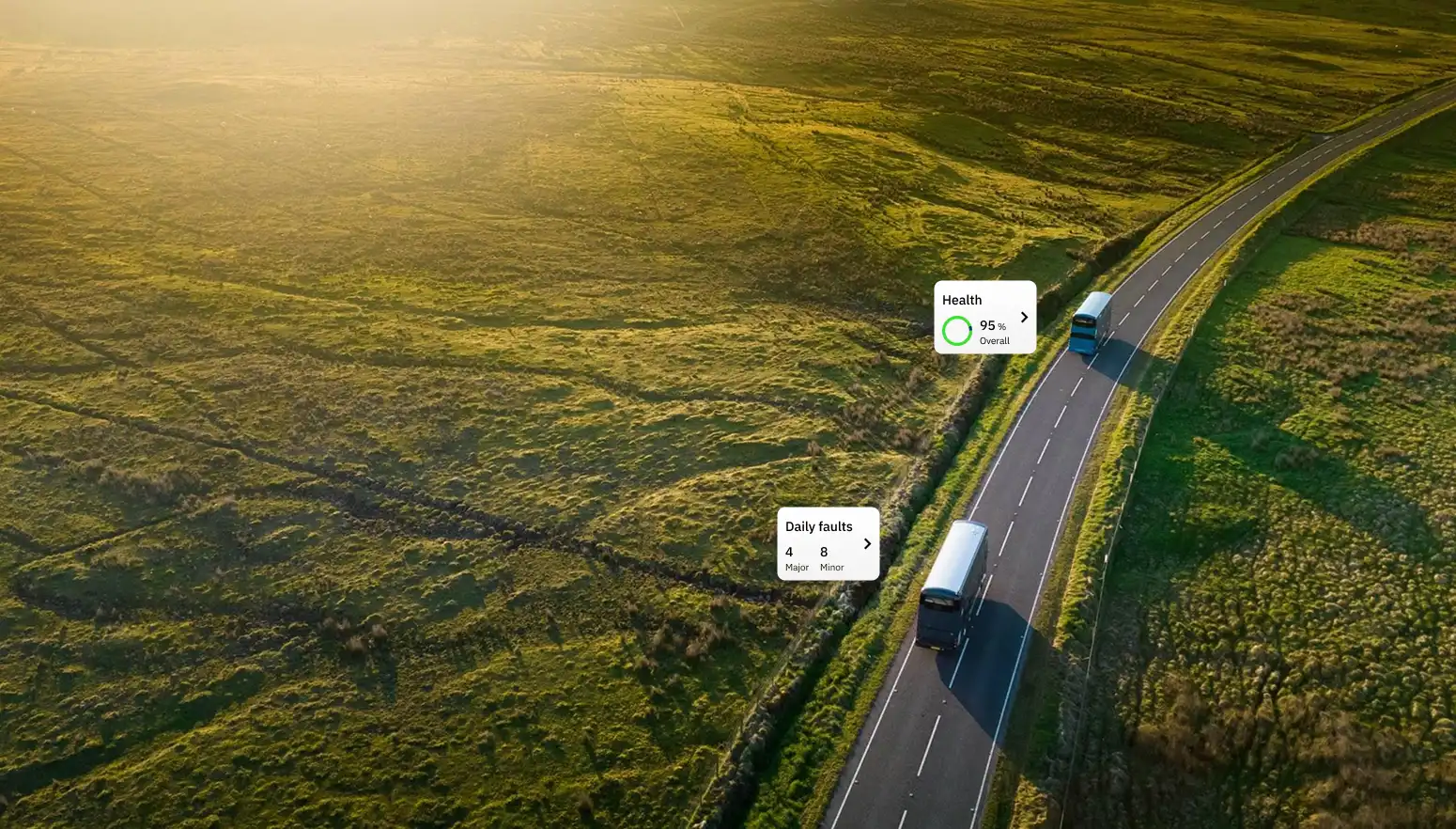How to Cost an E-commerce CRO Project

When it comes to Conversion Rate Optimisation (CRO) for e-commerce, one of the hardest questions to answer is: “How much will it cost?”
The truth is, CRO isn’t a one-off project with a fixed price, it’s an ongoing process of identifying, testing, and improving.
Here’s how to approach costing a CRO project for an e-commerce business running on a complex Magento (Adobe Commerce) platform.
1. Start with the Business Context
Before talking about cost, you need to understand where the value lies in the business.
A typical e-commerce company might operate across three commercial verticals:
- Buying or trade-in (customer acquisition funnel)
- Retailing (core online store)
- Finance or payment plans (upsells, credit options, or add-ons)
Each area has unique conversion challenges, user intents, and data flows, which means each will have a different potential ROI from CRO investment.
In this case, the business runs on Adobe Commerce (Magento) hosted on AWS, with deep customisation for finance and trade-in workflows. With 300k–500k monthly impressions, even a small uplift in conversion delivers a meaningful commercial impact.
However, like many high-growth teams, the company’s offshore support provider struggled with responsiveness and technical consistency signalling the need for a more strategic CRO partnership.
2. Define the Core CRO & UX Focus
Every CRO engagement must start with a clear focus.
The goal here was to improve UX and conversion across all key user journeys, buying, selling, finance, trade-in, and customer inquiries.
The immediate commercial priority:
The purchasing journey: where acquisition directly drives revenue.
The secondary priorities:
Finance and checkout journeys: where friction leads to abandoned carts or incomplete applications.
Common pain points identified:
- Confusing or overly technical form language
- Inaccurate pricing or valuation logic
- Long, unclear forms and poor question order
- Lack of feedback loops between sales and customer service teams
These UX issues often sit quietly beneath the surface: but they directly influence conversion rates and overall customer satisfaction.
3. Assess the Technical Landscape
Before estimating costs, you need to understand the platform complexity and dependencies.
In this case, the Magento instance was heavily customised, with:
- Key transactions (e.g. deposits, valuations) running outside the core platform
- Back-office tools managing stock and listings through legacy systems
- Multiple disconnected CRMs, creating data silos and no single customer view
CRO can only deliver sustainable results if data, feedback, and performance tracking flow correctly. This may mean allocating budget for analytics setup, CRM integration, or lightweight automation before UX improvements even begin.
4. Build a Collaborative CRO Model
A high-performing CRO programme is not a single project it’s an ongoing cycle of research, hypothesis, testing, and optimisation.
The most effective structure is a dual-track model:
- Support Track for quick wins, UX fixes, and technical updates
- Optimisation Track for in-depth CRO strategy, research, and testing
This ensures constant progress: small improvements land fast, while larger UX redesigns are properly validated through data and testing.
5. Breaking Down the Cost Structure
When costing a CRO programme, think in phases — each with clear deliverables and investment levels.
Phase 1: Audit & Research
Identify friction points, usability issues, and high-value opportunities.
- Workshops to clarify goals and known pain points
- Analysis of GA4 data, form metrics, and heatmaps
- Benchmarking of user flows and competitors
Adding User Testing and Surveys
No amount of analytics can replace hearing directly from real users. Some issues to user flows are so obvious its crazy. But we usyally need evidence real people to back it up and prove it to business owners.
Incorporating user testing and surveys in the early stages dramatically increases the accuracy of your insights, and helps uncover emotional, behavioural, or trust-based barriers that data alone won’t reveal.
Recommended methods:
- Remote user testing: Recruit 5–10 users that match your target audience and observe them completing key tasks (checkout, finance application, etc.).
- Post-session interviews: Ask users what felt confusing, slow, or unclear.
- On-site survey or exit poll: Trigger a short 2–3 question survey on key pages (e.g. “What stopped you from completing your purchase?”).
- Email survey to recent customers: Gather qualitative feedback from real buyers and leavers alike.
User testing typically adds £1k–£2k to the audit phase, depending on participant numbers and incentives, but the return in clarity and direction is significant. It helps validate what’s actually causing friction, not just what analytics suggests.
I cant stress how important some level of testing is done, either unmoderated user testing, or moderated user testing.
It's worth looking at LookBack.
https://www.lookback.com/
Typical Audit Timeline and Cost
- Duration: 2–3 weeks
- Investment range: £3k–£6k (including analytics + user testing)
Phase 2: Strategy & Prioritisation
Translate findings into a roadmap of high-impact tests.
- Identify and prioritise key journeys (checkout, finance, lead forms)
- Define hypotheses and KPIs
- Score ideas by impact vs. effort
- Typical duration: 1–2 weeks
- Cost range: £2k–£4k
Phase 3: Implementation & Testing
Design, develop, and test UX improvements.
- Prototype new interfaces in Figma
- Deploy changes in Magento and run A/B tests
- Review data and iterate
- Ongoing monthly retainer: £3k–£8k+, depending on test velocity
Phase 4: Continuous Optimisation
Maintain ongoing improvements based on live performance.
- Monthly review sessions
- Weekly progress calls and design updates
- Continuous data review and test planning
- Rolling monthly retainer for CRO management
6. The Tools and Workflow
Transparency and agility are key to a successful CRO setup.
Recommended stack:
- Notion or Jira — to manage priorities and workflow
- Figma — for prototypes, templates, and design systems
- GA4, Hotjar, or Clarity — to track performance and behaviour
- Adobe Target or Optimizely — for A/B testing and personalisation
This combination creates a single, collaborative workflow from idea to impact, ensuring every recommendation is validated by data.
7. What a Typical Month Looks Like
A healthy CRO retainer should feel like an embedded partnership, not a vendor relationship.
Month-to-month cadence:
- 1x in-house or virtual strategy session
- Weekly catch-up and design review
- Shared Kanban board to track all progress
- Ongoing review of conversion data
- New hypotheses and experiments planned monthly
The golden question guiding every sprint:
“Which of these changes is most likely to improve sales right now?”
8. Quantify the Potential ROI
Before finalising a budget, estimate the potential impact.
- Current conversion rate (e.g. 1.5%)
- Target uplift (e.g. +0.4%)
- Monthly traffic and average order value
From there, calculate revenue per 0.1% conversion increase, it instantly reframes CRO from a cost centre into a profit lever.
9. Budgeting Principles for CRO
When costing an e-commerce CRO initiative, keep these principles in mind:
- Start small, scale fast. Focus on high-impact user journeys first.
- Align goals to ROI. Every change should link to a measurable business metric.
- Stay flexible. CRO success depends on iteration — not one-time design.
- Front-load insight. The more robust your research, the higher the ROI.
10. The Human Factor
The success of a CRO programme depends as much on people as on tools.
Strong collaboration between marketing, UX, analytics, and development is critical.
The best results come when teams combine data analysis, user feedback, and design experimentation into a single workflow, creating a shared understanding of what “better” really looks like for both users and the business.
In Summary
Costing a CRO project isn’t about quoting a number, it’s about building a repeatable, evidence-driven system that ties UX improvements directly to business results.
When you:
- Understand your commercial context
- Audit and prioritise high-value journeys
- Add user testing and qualitative insight early
- Build an iterative testing model
- Invest continuously in learning
You move from guessing to growing, and that’s when CRO becomes your most powerful revenue engine.


.svg)




